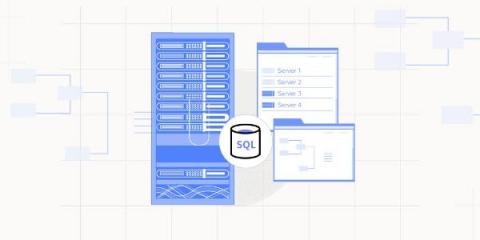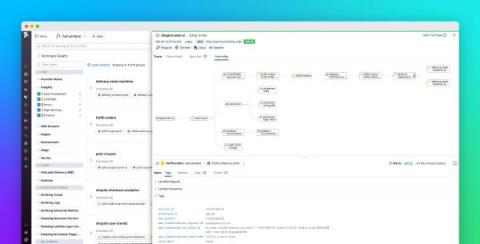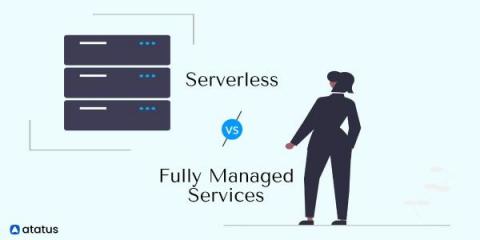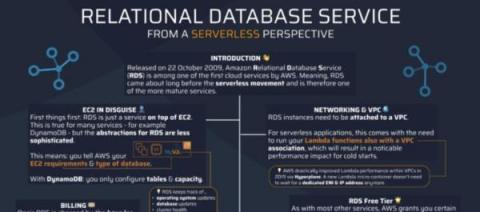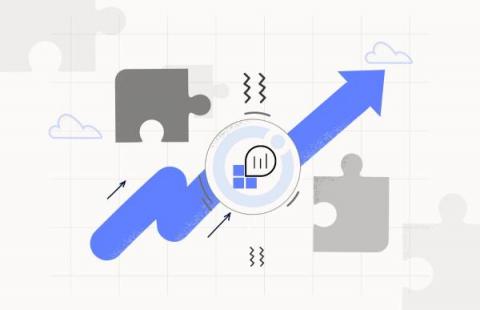Operations | Monitoring | ITSM | DevOps | Cloud
Serverless
The latest News and Information on Serverless Monitoring, Management, Development and related cloud technologies.
Datadog Serverless Monitoring for Amazon API Gateway, SQS, Kinesis, and more
Many organizations leverage AWS to build fully managed, event-driven applications, which break down complex workloads into APIs, event streams, and other decentralized services in order to improve performance and scalability. This type of architecture relies primarily on AWS Lambda functions to process synchronous and asynchronous requests as they move between a workload’s resources, such as Amazon API Gateway and Amazon Kinesis.
List app registrations with credentials about to expire
Serverless vs Fully Managed Services: What Are They? What is the Difference Between Them?
One of the first questions you must ask yourself when deciding to construct an application in the cloud is whether your application will be built utilizing serverless or fully managed services. To begin, let me state that these are extremely loosely defined concepts and that there may be cloud services that fall somewhere in the middle, as well as others that are both serverless and fully managed services at the same time.
Azure Container Apps - an overview
[Infographic] AWS RDS from a Serverless perspective
In this article, we’ll deep dive into all the basics to help you decide if AWS RDS is the right decision for your architecture and help you hit the ground running if you do end up AWS RDS. For many decades now, relational databases (RDS) have been the place to store your data. They are pretty flexible often use some kind of SQL dialect, which is one of the main languages taught in computer science classes, and widely understood by the average developer.
Scaling based on the number of messages in an Azure Service Bus queue
How to monitor Lambda functions in your SST application
Jay V is one of the founders of Serverless Stack (SST), an open-source framework that makes it easy to build serverless apps. He spends his time trying to figure out what the future of the cloud will look like. And liking memes on Twitter.


